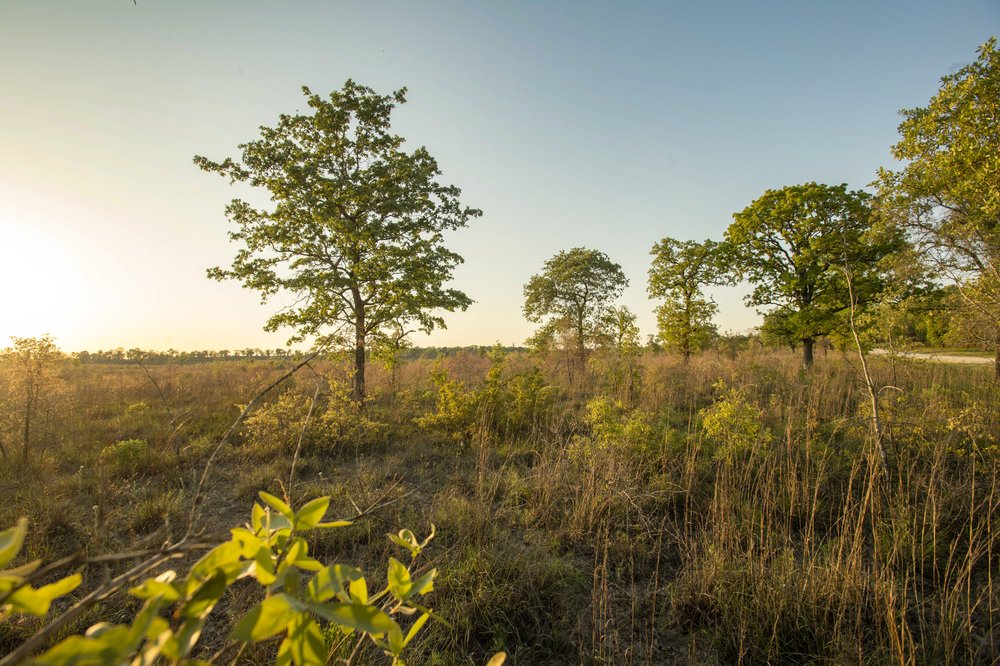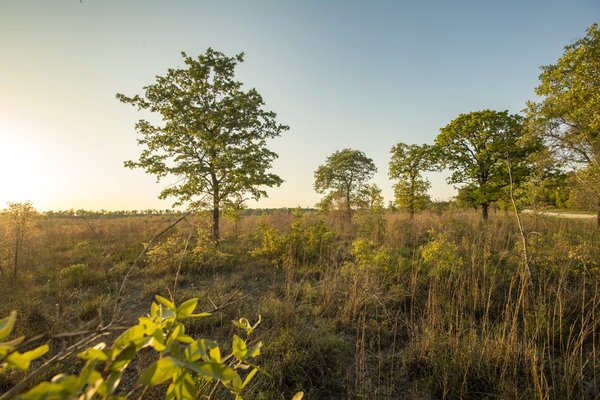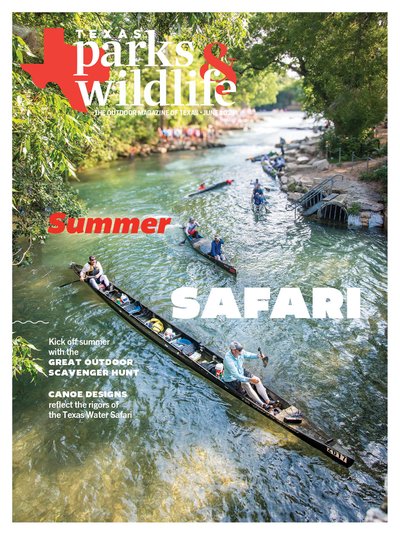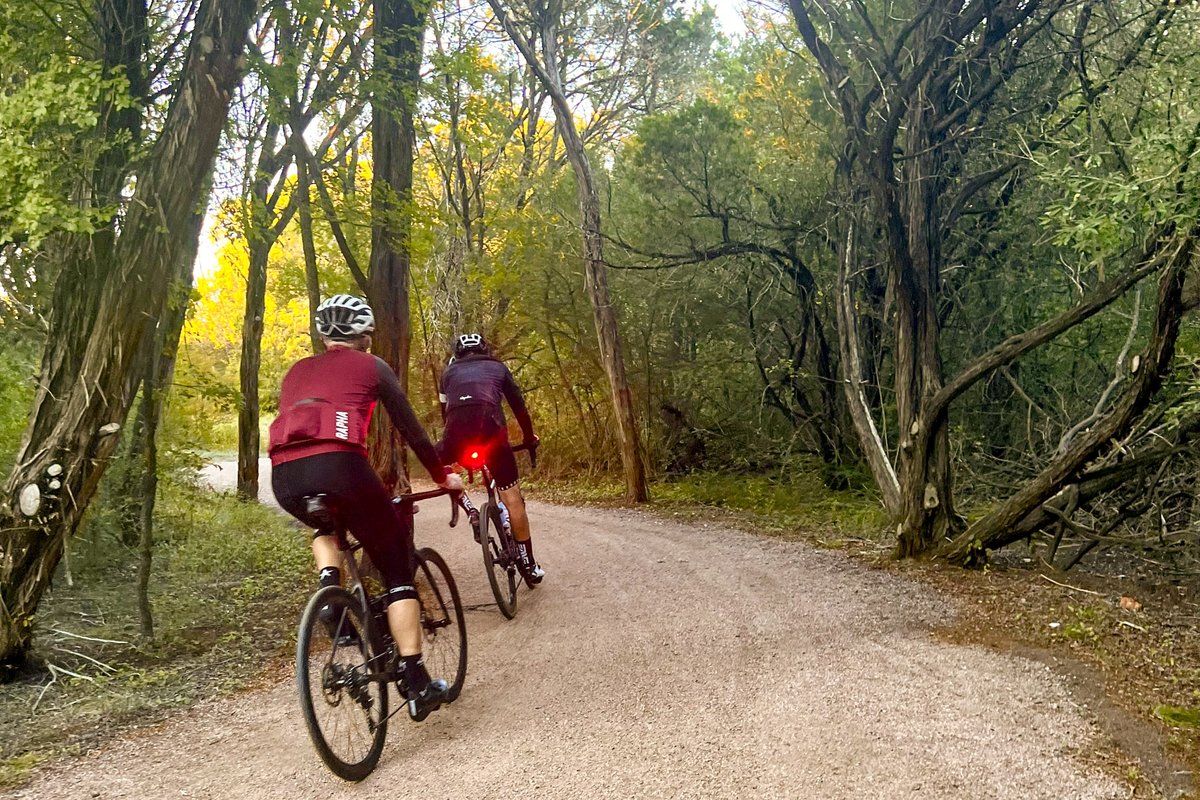When biologist and game warden Gus Engeling took a job at a sprawling East Texas wildlife management area in 1950, he was tasked with finding out what the land had looked like before the arrival of European settlers more than half a century earlier. To do so, Engeling went out into the community to find people who might know.
“His descriptions came from people who would have settled here in the late 1800s, early 1900s,” says Kyle Brunson, a TPWD biologist. “That was how he gathered the picture to restore our post oak savannah.”
The WMA's savannah, with its waist-high grasses and scattered trees, is one of the only places in Texas where you can see how the ecosystem looked before settlement.
Engeling was killed by a poacher after only a year of working at the property, but his legacy lives on. That property, formerly the Derden Wildlife Management Area, was renamed Gus Engeling Wildlife Management Area, and Engeling's hard work and research laid the groundwork for it to become the premier research and demonstration site for its region.
An East Texas Island
Gus Engeling WMA encompasses nearly 11,000 acres and lies 21 miles northwest of Palestine. The land, surrounded by fields of coastal bermuda and fragmented forest, is an island of rich, diverse habitat. It's primarily composed of post oak savannah, hardwood bottomlands and the occasional bog.
The WMA's primary purpose is to serve as an example of good land management in the post oak savannah ecoregion, and employees host tours and workshops for local landowners.
You'll see beloved conservationist Aldo Leopold's mark all over this WMA — the author of A Sand County Almanac is quoted on signs and memorials, and on the landscape — you'll likely notice traces of his five land management tools: ax, cow, plow, fire and gun. When I went in March, burn marks were fresh on the ground, with new growth just beginning to sprout in their wake.
The WMA is closed to visitors between mid-October and mid-March for hunting season, when hunters who have won drawn or e-postcard hunts are on the property. The rest of the year, the WMA is open to general visitation. “We get a bunch of people in the spring, when the dogwoods are flowering,” says Brunson.
People also come to fish in the creek or lake, bird-watch, camp, hike or seek out interesting plants. The WMA is bisected by 8 miles of Catfish Creek, recognized as a National Natural Landmark by the U.S. Department of the Interior. “It's a relic piece of the creek that is relatively undisturbed, and it demonstrates the natural beauty of what that bottomland hardwood system is,” says Brunson.
Brunson encourages visitors to come see all the WMA has to offer, and to come prepared. “Be ready for sandy country,” he says. “And the summer will get very hot and very humid, so bring lots of water.”
Before you leave Gus Engeling WMA, make sure to spend time in the restored post oak savannah. It's Brunson's favorite place on the property. “I'm partial to anywhere in the savannah restoration, because I've seen it go from dense, closed-canopy timber with thick brush that you wouldn't want to walk through to a wide-open grassland with some trees here and there,” he says. “It opened up a lot of topography, so you can see a long way. Watching that change and getting to see the grassland back to what it would have been in the 1800s before settlement has been amazing. If I need to slip away for a moment and go collect my thoughts, I'm somewhere up on the northwest section looking at those grasses.”
What to Do
See the Bogs
The WMA has around 350 acres of bogs, which host specialized flora such as pitcher plants and sundews. You can find bogs in the north unit of the WMA — one is below Lake 1, one off a side road near the northern access point to Catfish Creek, and the third a short hike to the left of the main road around three-quarters of a mile in if you enter from FM 2961.


Fish
Fish one of the two access points to Catfish Creek, a peaceful and historic tributary of the Trinity River. There's also good fishing in the WMA's various ponds, as well as Lake 1 (Lake 2 washed out in a recent storm).
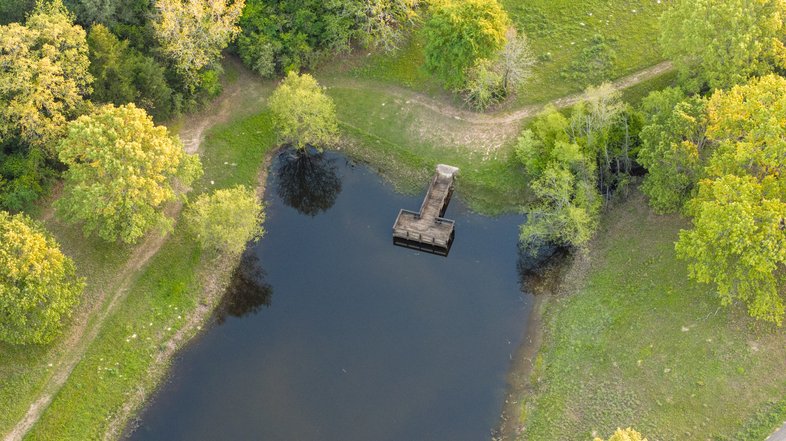
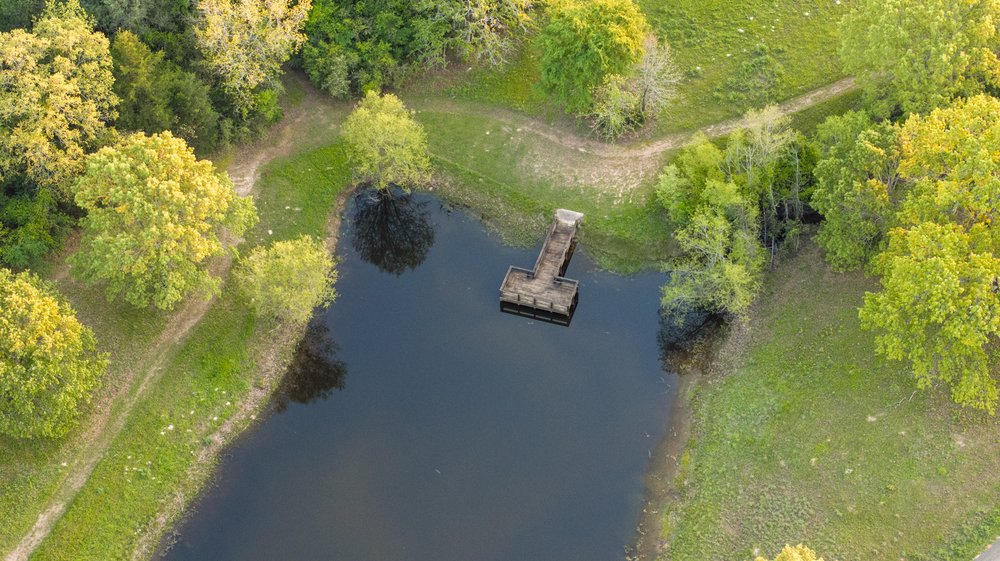
Camp
A shaded campground near the main road is a green retreat for visitors to the WMA. “All of our camping is primitive, so be ready to be self-sufficient,” Brunson says. “We do have some fire rings and picnic tables, but no RV hookups or anything. It's all first-come, first-served. Be ready for a more wild experience.”
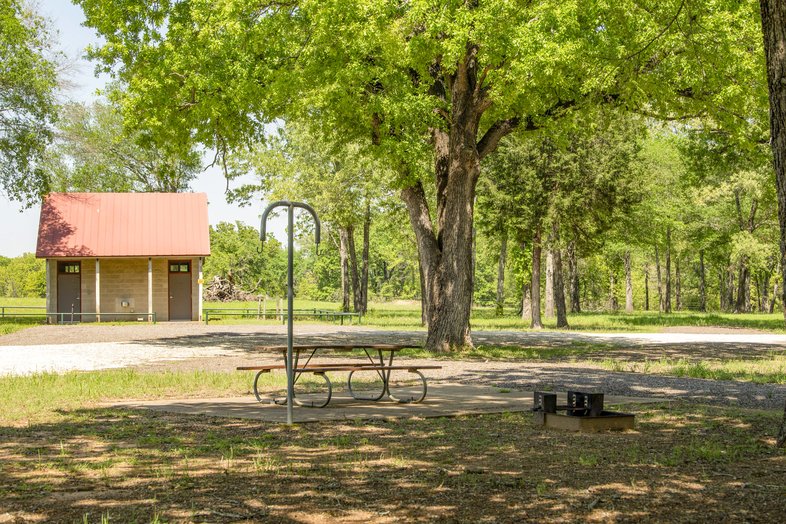
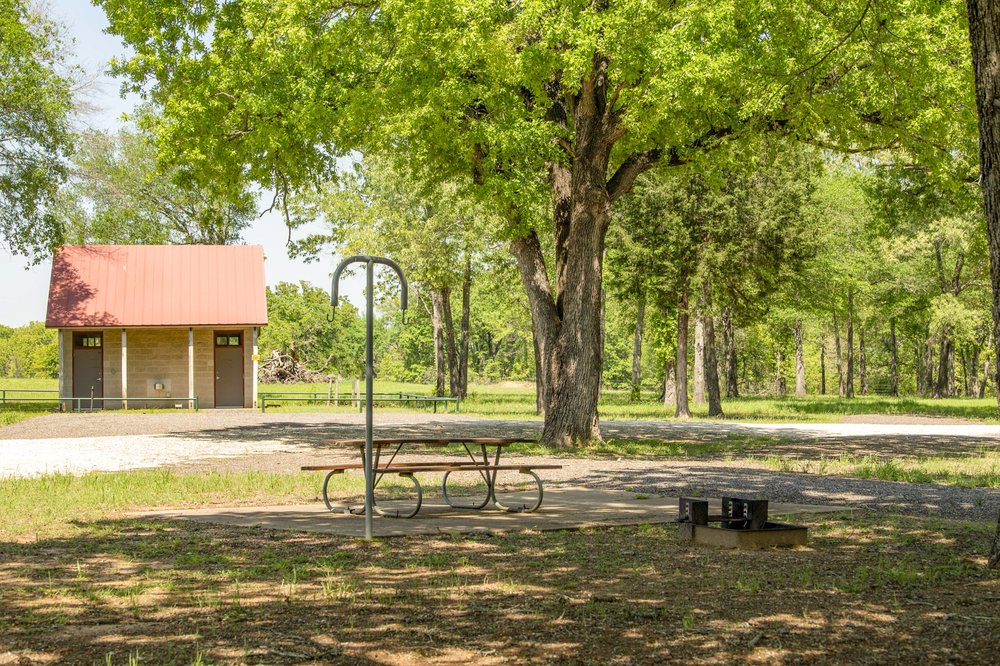
Hunt
The property offers many opportunities for drawn and e-postcard hunts for deer. With an Annual Public Hunting Permit, hunters may walk in to harvest dove, squirrels, rabbits and hares.
Hike
“Visitors are free to walk anywhere that their two feet will carry them,” with the exception of the gated property behind the headquarters, Brunson says. “We have 60 miles of two-track roads… or they can beat all the brush that they want to explore all over the property.”
Take the Driving Tour
On the south side of the WMA, thoughtful signs introduce the reader to the habitats they're passing through, as well as the techniques used to manage the land. The driving tour can be accessed across U.S. Highway 287 from the headquarters, and takes between 45 minutes to an hour if you stop at each sign.
Watch wildlife
Gus Engeling is home to 37 species of mammals, 156 birds, 54 reptiles and amphibians, and 57 species of fish.
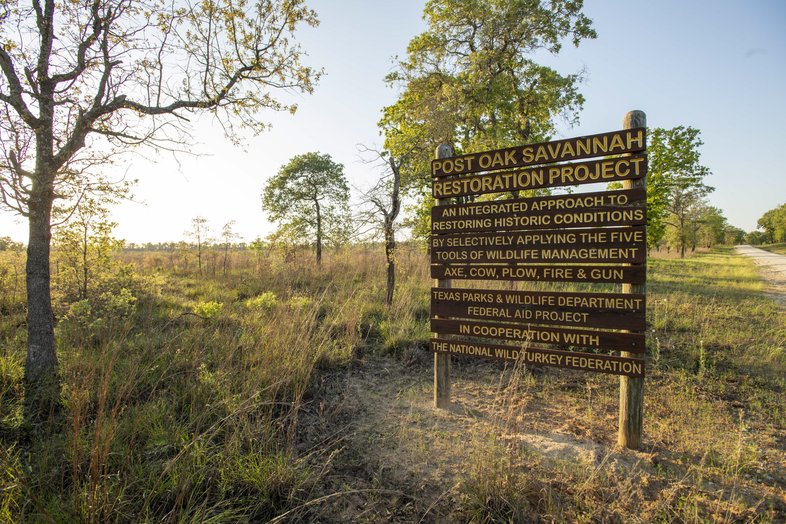
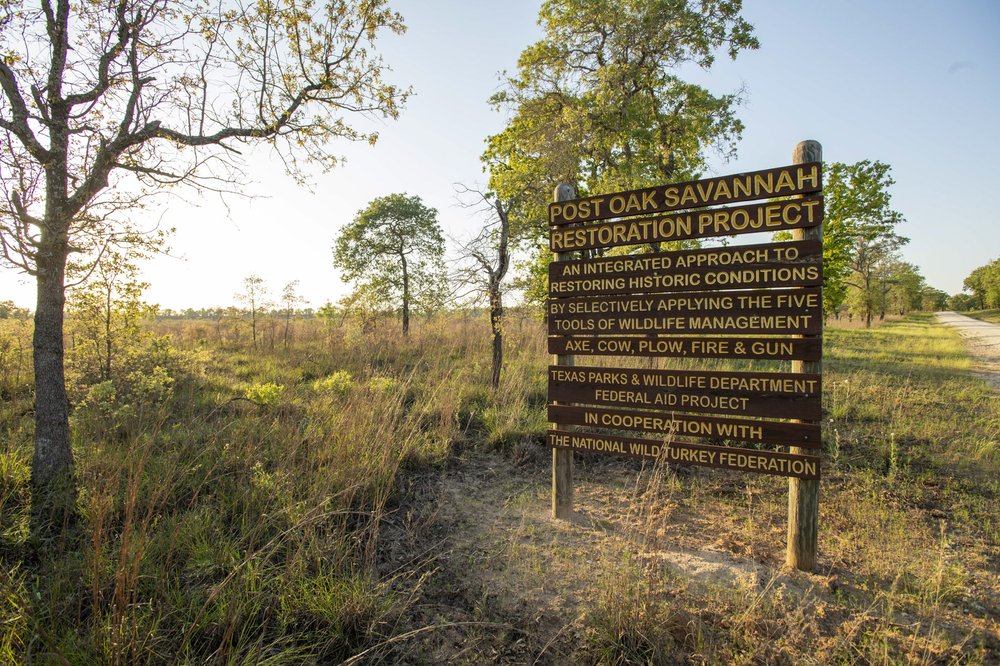
How to Visit
Gus Engeling WMA is open for public visitation from mid-March to mid-October (check their website for exact dates). To enter, you need either a Limited Public Use Permit ($12) or an Annual Public Hunting Permit ($48), which you can purchase on the TPWD website, in person at TPWD offices and retail hunting and fishing license dealers, or by phone at 800-TX-LIC-4U. When you get there, sign in at the check station, then go explore!
